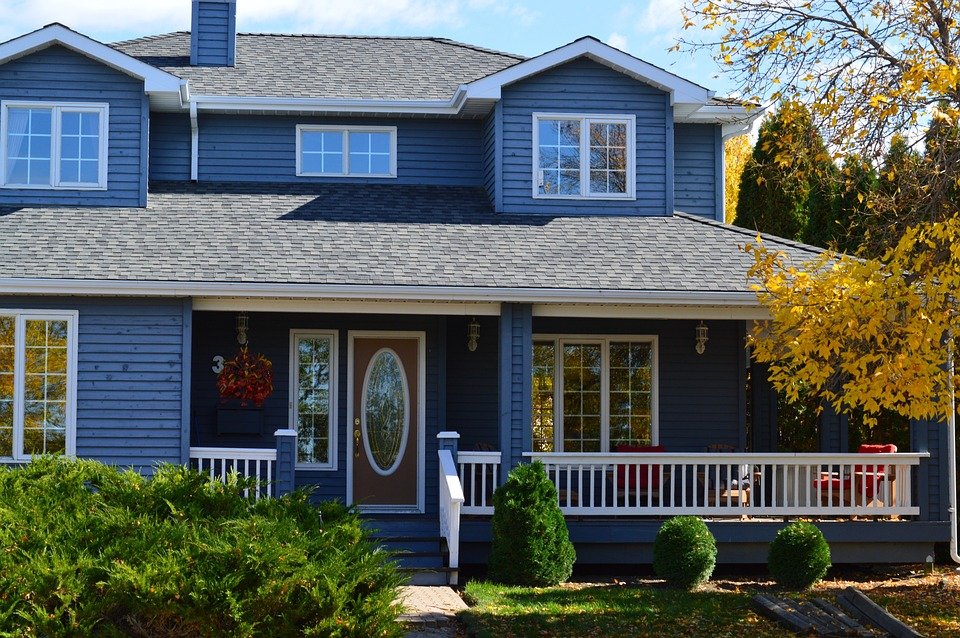[ad_1]
Canada’s House of Commons holds significant importance in the country’s political landscape. As the lower house of the Parliament of Canada, it is a place where elected representatives debate and make decisions on behalf of the Canadian people. Unlocking the secrets and inner workings of this esteemed institution provides insight into the democratic processes that shape our country.
The House of Commons comprises 338 Members of Parliament (MPs) who are elected by Canadians across the nation. The number of seats allocated to each province and territory is proportionate to its population. Since each MP represents a specific electoral district, they are known as the voice of their constituents, responsible for addressing their concerns and advocating for their interests.
The main function of the House of Commons is to draft and pass laws that govern the nation. In Canada’s democratic system, the government is formed by the political party with the majority of seats in the House. The leader of this party becomes the Prime Minister and appoints members from their party to form the Cabinet. The Prime Minister and Cabinet are collectively responsible for making policy decisions and proposing legislation.
Debates in the House of Commons are an integral part of the democratic process. MPs engage in rigorous discussions, providing arguments and insights on pressing issues during Question Period, where they pose pointed questions to the government. This allows for transparency and scrutiny regarding government decisions and actions.
Apart from debates, the House of Commons serves as a place for study and consideration of bills that are introduced for legislation. This involves a series of readings, debates, and scrutiny by parliamentary committees. Amendments are proposed and voted upon until a bill reaches its final form. Once approved by the House of Commons, it is sent to the Senate for further review before receiving Royal Assent and becoming law.
The iconic setting of the House of Commons, the House Chamber, is widely recognized by its green decor and opposing benches for government and opposition members. This physical layout emphasizes the adversarial nature of parliamentary democracy, where the government and the opposition confront and challenge each other’s policies and ideas.
The Speaker of the House of Commons is a crucial figure who presides over the debates, maintaining order and enforcing the rules of parliamentary procedure. The position is impartial and seeks to ensure fair and respectful dialogue among all members.
Parliamentary committees are essential components of the House of Commons. These committees examine bills in detail, conduct investigations, and provide recommendations for government action. Each committee focuses on specific areas such as finance, justice, or environment, allowing MPs to delve into specialized subjects and scrutinize government activities effectively.
To keep the Canadian public informed, the House of Commons provides open access to its proceedings. Canadians can observe debates in person from the public galleries, or, through technological advancements, watch live broadcasts on television or via the internet. This accessibility empowers citizens to actively engage with their elected representatives and stay informed on matters of national importance.
Unlocking the secrets of Canada’s House of Commons brings to light its central role in shaping the nation’s democratic processes. It serves as a platform for diverse voices to be heard, ensuring transparency, accountability, and vigorous debates to generate effective policies and legislation. As the foundation of Canada’s governance, the House of Commons remains an essential institution for the Canadian people, safeguarding their democratic rights and responsibilities.
[ad_2]




